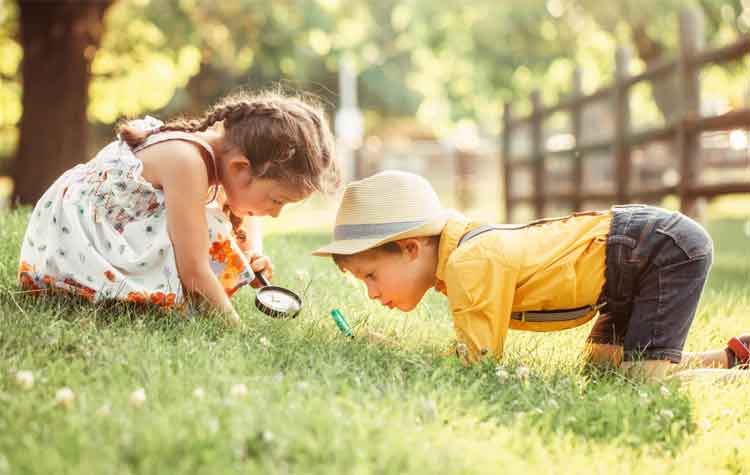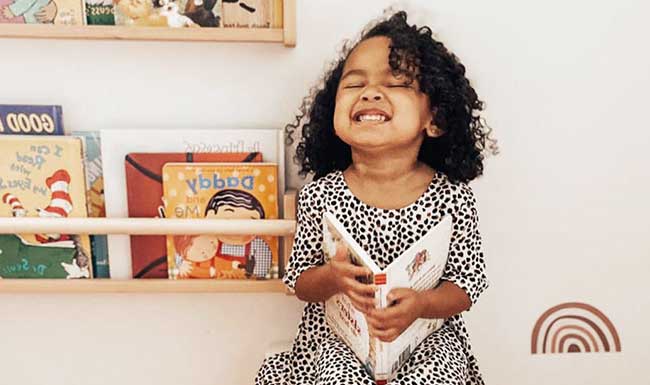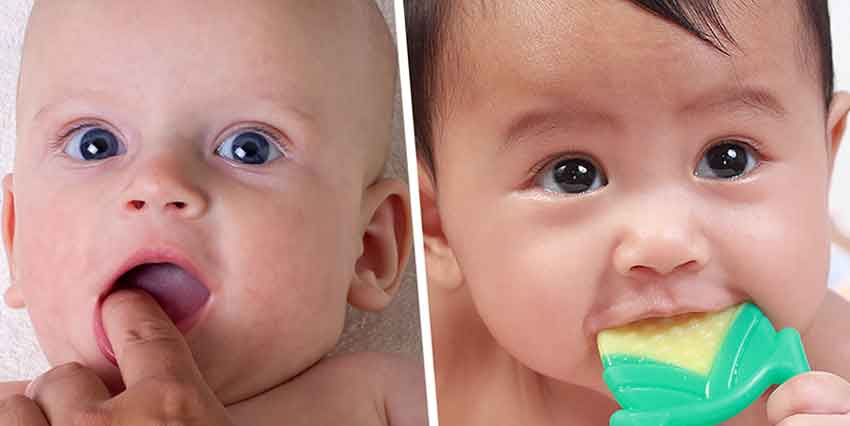In today’s rapidly changing world, fostering environmental awareness in children is more important than ever. As we face global challenges such as climate change, pollution, and biodiversity loss, teaching children the value of nature and sustainability is a critical step in creating future stewards of the Earth. One approach that has proven effective in nurturing these values is the Montessori method. This educational philosophy, developed by Dr. Maria Montessori, emphasizes hands-on learning, independence, and a deep connection to the environment.
The Montessori method, with its unique apparatus and materials, provides an ideal platform for teaching environmental awareness. Through carefully designed activities and tools, children can not only gain a better understanding of their surroundings but also develop a lasting respect for the planet. In this article, we will explore how the Montessori apparatus can be used to teach environmental awareness, empowering children to care for the world around them.
The Montessori Approach to Environmental Education
At the heart of Montessori education is the belief that children learn best through experience and interaction with their environment. In the Montessori classroom, children are encouraged to explore and discover at their own pace, using specialized apparatus to build skills in various areas of learning, including mathematics, language, and science. Montessori materials are often natural, tactile, and engaging, allowing children to feel a sense of connection to the material world.
Environmental education, in the Montessori context, goes beyond simply teaching facts about nature. It fosters a deep sense of interdependence, where children understand that their actions impact the world around them. By incorporating environmental themes into daily activities, the Montessori method teaches children to care for the planet while also promoting practical life skills.
Key Montessori Apparatus for Teaching Environmental Awareness
Montessori classrooms are filled with a wide range of materials, each serving a specific purpose in a child’s development. Many of these materials can be adapted or used to teach environmental awareness. Below are some key Montessori apparatuses and how they can be used to help children develop an understanding of the environment.
1. Nature Walks with Observation Journals
Montessori encourages outdoor exploration, which is one of the best ways to teach children about the environment. Nature walks are an integral part of the Montessori approach to science, allowing children to observe plants, animals, weather patterns, and natural phenomena in their immediate surroundings.
During these walks, children can carry small observation journals or sketchbooks, where they record their observations. Using the Montessori principle of “sensitive periods,” children are encouraged to note changes in the environment throughout the seasons. For example, they might track plants’ growth, birds’ migration, or moon’s cycles. This hands-on activity promotes mindfulness and environmental appreciation while helping children understand ecological cycles and interdependence.
2. Botany and Gardening Materials
Gardening is another wonderful Montessori activity that connects children directly with nature. Montessori botany materials, such as leaf and flower presses, plant identification charts, and seedling trays, allow children to explore plant life tangibly. They can learn about the parts of a plant, the life cycle of seeds, and the importance of sunlight, water, and soil for growth.
In a Montessori classroom, children may be tasked with planting and caring for their garden, which teaches them about sustainability and the importance of nurturing living things. They also learn valuable lessons about resource conservation, such as managing water use and composting organic materials. These activities instill an understanding of how plants contribute to a healthy ecosystem and their vital role in combating climate change.
3. Recycling and Sorting Activities
Montessori places a strong emphasis on practical life skills, and sorting activities are an excellent way to teach environmental responsibility. Children can use materials like sorting trays, bins, and baskets to separate recyclable items from waste, such as plastics, paper, and metals. These activities not only help children practice categorization but also reinforce important lessons about reducing waste and conserving resources.
Additionally, the Montessori method encourages children to take responsibility for their actions. Children might be involved in setting up a recycling system within the classroom, learning to sort materials and place them in the appropriate bins. Over time, this practice helps children internalize the importance of recycling and waste management, fostering a sense of responsibility for the environment.
4. Montessori Ecosystem Models
Montessori science materials often include models that demonstrate ecological relationships. For example, a child might use a series of materials to represent different animals in an ecosystem or a set of materials that shows the food chain. These models help children visualize the interconnection between various species and their habitats.
By using these materials, children can gain an understanding of biodiversity and the delicate balance of ecosystems. They might study the impact of human activity on these systems, learning about endangered species, deforestation, and habitat destruction. With a solid grasp of how ecosystems function, children are better equipped to appreciate the complexity of environmental issues and the importance of conservation efforts.
5. Practical Life Activities Involving Sustainability
Montessori’s practical life activities, such as washing dishes, sweeping, and setting the table, offer numerous opportunities to incorporate environmental lessons. For instance, children can learn to reduce energy consumption by using less water or practice reducing waste by using cloth napkins instead of paper towels. Similarly, children can be taught about sustainable practices in cooking and food waste management, such as composting.
These everyday activities instill a sense of eco-consciousness that children can carry with them into adulthood. The hands-on approach helps them internalize habits that are good for both themselves and the planet.
Integrating Environmental Awareness into the Curriculum
In a Montessori classroom, environmental awareness is not taught in isolation but is woven into the curriculum across all subjects. Through reading books about nature, discussing climate change, and exploring the work of environmentalists, children are exposed to ideas and concepts that encourage them to think critically about the environment.
Montessori educators can also highlight real-world examples of sustainability efforts, such as renewable energy sources, green technologies, and conservation initiatives. These lessons help children see how they, too, can make a positive impact on the world, whether by reducing their carbon footprint, promoting biodiversity, or advocating for environmental policies.
Montessori education provides a rich, hands-on framework for teaching children about environmental awareness. Through materials that engage the senses, encourage exploration, and foster a sense of responsibility, Montessori students gain an understanding of the natural world and their role in protecting it. From nature walks and gardening to recycling and learning about ecosystems, the Montessori approach to environmental education empowers children to become active participants in safeguarding the planet for future generations. By using Montessori apparatus and principles, we can nurture a deep respect for nature that will last a lifetime.
Content Prepared by: Pratheek
Contact no: +919846808283




